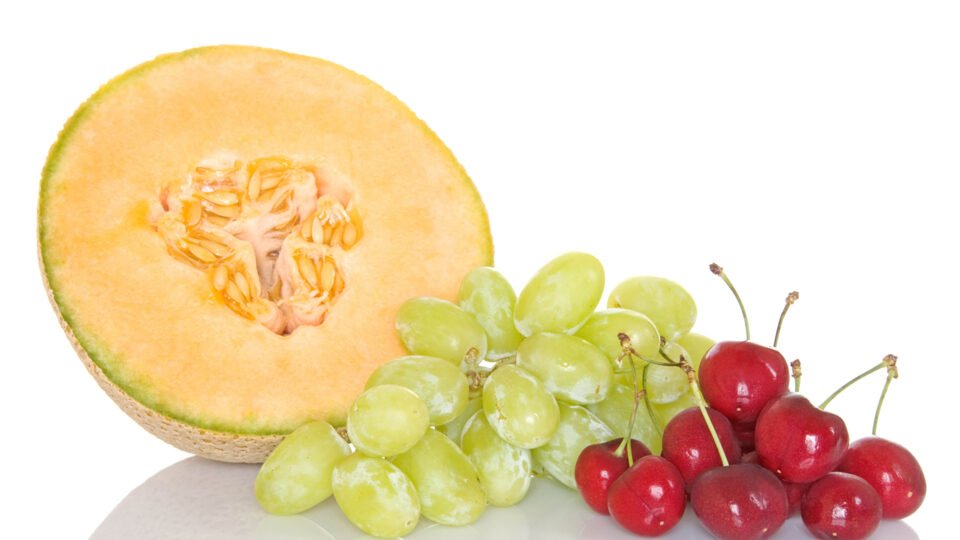China is the largest food consumer and importer with an inexhaustible domestic market. Uzbekistan has already introduced 14 types of fruit and vegetable products to the Chinese market. In the coming years, it plans to obtain permits for the exports of lemons, grapes, plums, peaches, persimmons, and other products.
Muslim Khalilov, the chief specialist of the Export Promotion Department of the State Plant Quarantine Inspection of Uzbekistan, told Podrobno.uz why the process of approving the exports of fruits and vegetables to China can last up to 5 years, what are the main problems of domestic exporters, and how the pandemic affected the supply.
– Where is Uzbekistan in the total volume of Chinese imports of fruits and vegetables?
For us, China is one of the priority countries in terms of exports. It is a country of interest for our entrepreneurs because it is the largest consumer market. Unfortunately, the total share in terms of supplies to this country from Uzbekistan is still small, but we are striving to raise our level in this regard. We requested permits for new products and we are working with entrepreneurs in all regions of our country. Today, there are about 500 export companies to China in Uzbekistan.
Read also: Development of IT technologies a priority for the agricultural sector in Uzbekistan
– What is supplied to the markets of China today? What types of products from Uzbekistan are the Chinese most interested in?
Uzbekistan entered this market relatively recently. Half of the list of exported items has only been opened in the last three years. The Chinese are interested in almost everything.
Today, 14 types of products are exported to China: cherries, melons, fresh and dried hot peppers, sesame seeds, walnuts without shells, sweet and bitter almonds, peanuts, raisins, dried apricots, mung bean, and grape seed (it contains antioxidants that are used in the production of dietary supplements and for cosmetology). We have exported all of this directly and in large volumes without any problems and restrictions.
– How easy is it to work with importers from China?
Chinese importers are more selective. At the same time, friendly relations with China and close cooperation with its General Customs Administration allow for obtaining permits in a short timeframe to promote products to the Chinese market.
In general, it takes 1 to 5 years to obtain a permit for one item. During this time, each proposed position goes through an average of eight stages of checks. The importing country conducts a pest risk analysis to carefully study the technical information – what varieties exist, how they are produced, in what volumes, what chemicals are used in the cultivation of a particular crop, what microorganisms these species are susceptible to, and so on.
At the final stage, inspectors come to Uzbekistan, visit the fields and packing shops, check for cleanliness, and prepare a final conclusion after which only on the basis of the protocol on phytosanitary requirements, a permit is granted to import these products from Uzbekistan. This is quite normal. For example, the United States issued a permit for the import of Chinese apples only 15 years later.
– What impact did the coronavirus pandemic have on shipments last year?
The pandemic affected exports. For example, if in 2019 we exported about 550 tons of sweet cherries to China, then the total was only 147 tons in 2020. This happened because most of the trucks were idle at the borders and many Chinese importers were unable to arrive – they are very scrupulous people and they have to see the goods they are buying. However, I must say that the exports of mung bean increased last year from 28,000 tons in 2019 up to 75,000 tons in 2020.
With all the restrictions associated with the pandemic, the statistics still show an increase in the volume of supplies to China. According to the Ministry of Agriculture, 55,000 tons of agricultural products were exported to China in 2019 for a total of $48 million. Last year, 92,000 tons of fruits were exported, which brought in $71.5 million.
– What are the problems when exporting to China?
For exports to any country with a large competitive market, the same problematic issues can be noted – these are logistics and price fluctuations. Also, our marketing is underdeveloped. We, as a phytosanitary service, obtain permits for the import of our products to foreign countries. Then, it is up to the entrepreneurs to make exports work – to promote and advertise their products and to make it clear that the price and quality of the products match. This does not work well for us yet.
– What work is being done to promote domestic fruit and vegetable products to the Chinese market now?
We are negotiating to expand the range of products for supplies to foreign markets to China. We recently received permission to export pomegranates and soon they will be delivered to China; only some small formalities remain.
This year it is expected to obtain a permit for exports of lemons and prunes as well. These products have already passed a majority of the checks. We will promote grapes, plums, peaches, persimmons, and other fruits until 2023.
The use of the site materials is free if there is a direct and open for search engines hyperlink to a specific publication of the East-Fruit.com website.




